What is Chopper For Forage Harvesting
A chopper for forage harvesting is a specialized agricultural machine designed to efficiently cut and chop various types of forage crops, making them more manageable for livestock consumption or further processing. These machines are essential for farmers and ranchers who aim to maximize their crop yield and quality while minimizing waste. The operation of a chopper involves a set of sharp blades or a blade mechanism that cuts the standing crop at the desired height, after which the chopped material can be collected, dried, baled, or ensiled.
The principles behind a chopper for forage harvesting are rooted in engineering and agricultural science. The design typically includes a cutting mechanism that slices through the crop, a rotor or paddle system that propels the chopped material into a collection area, and sometimes a conditioning system that crushes or crimps the forage to accelerate the drying process. The efficiency of a chopper is influenced by factors such as the type of crop, moisture content, and the speed at which the machine operates.
Choppers come in various sizes and configurations, catering to diverse farm scales and needs. For small-scale or home use, compact and portable choppers are available, often powered by electricity or a small engine. Large commercial operations may use more robust and powerful machinery that can cover larger areas in a single pass, often requiring tractor-mounted or self-propelled units.
Types of Chopper for Forage Harvesting
Chopper forage harvesters come in various types to suit different needs and applications:
-
Flail Chopper: This type features a rotating drum with numerous small flails or knives attached. It is excellent for chopping up straw or hay to use as bedding in animal pens or as part of a feed ration for livestock.
-
Rotary Chopper: With a series of blades that rotate vertically in a drum, rotary choppers offer a faster cutting action than flail choppers. They are well-suited for heavier cutting tasks and can handle larger volumes of material.
-
Drum Mower: While not a traditional chopper, drum mowers operate on similar principles, using a series of cylindrical drums with blades that rotate to cut the forage. They are known for their clean cut and are commonly used in Europe where they are also known as 'mowers'.
-
Disc Mower: Employing a series of round discs with blades that spin horizontally at high speeds, disc mowers provide a swift cut and are often favored for their low power requirements. They can be effective for cutting grass and other finer plant materials.
-
Mounted Chopper: These are designed to attach to tractors or other vehicles, offering portability and convenience for small to medium-sized operations. They are versatile machines that can be used for multiple functions including chopping silage at harvest time.
How to choose Chopper For Forage Harvesting
Selecting the right forage chopper involves considering several factors that align with your specific needs and operational scale. The type of forage you plan to harvest, the volume of production, and the complexity of your operation will all influence your decision.
For businesses focused on B2B sales in industries such as animal feed production or manufacturing plants, it is essential to choose choppers that match their customers' needs in terms of scale and type of forage. A business that serves small-scale farms might opt for hand-operated or single-row forage harvesters due to their simplicity and cost-effectiveness. On the other hand, a large farm or a commercial feedlot would likely benefit from self-propelled or tow-behind models that offer higher efficiency over larger areas.
Consideration should also be given to the durability and ease of maintenance of the machines since they will undergo substantial wear and tear. Some businesses might prioritize models with longer service life and lower maintenance costs over time.
Lastly, assess the safety features offered by the choppers—especially important if your operations involve multiple handlers or if you're supplying equipment to customers who prioritize safety protocols.
About Chopper For Forage Harvesting on Alibaba.com
For businesses seeking reliable chopper solutions for their forage harvesting needs, Alibaba.com stands out as an exceptional marketplace offering an extensive selection of machines from various suppliers around the world. The platform simplifies international trade by connecting buyers with suppliers who can fulfill both standard requirements and customized solutions. Chopper categories on Alibaba.com span across multiple applications such as animal feed production, silage making, and biomass shredding – ensuring that businesses find exactly what they need for their specific forage harvesting tasks.
Alibaba.com's commitment to facilitating global commerce is evident through features like Trade Assurance which helps protect buyers' payments until delivery is confirmed. With intuitive search capabilities based on local service locations and key selling points, businesses can efficiently locate machinery that aligns with their operational needs. Moreover, with the ability to communicate in local languages and leverage mobile-friendly buying experiences, Alibaba.com enhances convenience for businesses operating in any of the over 190 countries served by the platform.
Choosing Alibaba.com as a source for wholesale choppers not only provides access to a vast array of products but also aligns businesses with a trusted partner dedicated to quality and efficiency in international trade. Whether you're starting a new venture or expanding an existing operation, Alibaba.com offers tailored solutions that can help your business thrive in the competitive world of agriculture machinery.
Common FAQs for Chopper For Forage Harvesting
What is a forage harvester used for?
A forage harvester is a machine designed to harvest and process forage such as grass, legumes, and grains in the field. It cuts the crops and collects them, then typically processes them into material that can be stored or fed to livestock.
How does a forage harvester work?
A forage harvester uses a series of blades or a rotating drum to cut the crops at ground level, then these crops are lifted and thrown into a collecting system. The machine can be adjusted to different cutting heights and is guided by a driver or through GPS technology.
What are the key factors to consider when choosing a forage harvester?
Key considerations include the type of crops you will be harvesting, the machine's efficiency in cutting, its ease of operation, its material durability, and the after-sales support provided by the supplier.
Can a forage harvester handle multiple types of crops?
Some forage harvesters are designed to handle a variety of crops, while others are more specialized. It is important to choose a machine that is suited to handle all the crops you plan to harvest.
How do I determine the right size of a forage harvester for my farming operation?
The size of the harvester should be determined based on the scale of your farming operation and the volume of crops you intend to harvest. Larger operations may require high-capacity machines, while smaller ones may benefit from compact or more maneuverable models.
What are the maintenance requirements for a forage harvester?
Maintenance requirements for a forage harvester vary depending on the model and type. However, common maintenance includes regular inspections, cleaning, lubrication, and timely replacement of worn parts.
How do I ensure compliance with local regulations when purchasing a forage harvester?
It is crucial to be aware of local laws and regulations regarding the use of forage harvesters in your area. Consultation with local agricultural authorities or legal experts can help ensure compliance.
What kind of after-sales services should I look for when purchasing a forage harvester?
Look for after-sales services such as online support, video technical support, and engineers available for service machinery overseas. These services can be critical for troubleshooting and maintaining your equipment.
What kind of warranties are typically offered with forage harvesters?
Warranties can range from limited warranties to full machine coverage. The length and extent of the warranty will depend on the supplier's policies. Check with the supplier what warranties are available for the specific model you are interested in.
How does the driving type of a forage harvester affect its operation?
The driving type of a forage harvester, whether gear-driven or belt-driven, can impact its operation. Gear-driven models typically provide more power and control over the machine, while belt-driven models may offer more flexibility and easier maintenance.
Is it possible to find eco-friendly forage harvesters on Alibaba.com?
Yes, some suppliers on Alibaba.com offer eco-friendly forage harvesters that focus on energy conservation and reduced emissions. Look for these features if sustainability is a priority for your farming operation.
What materials are used in the construction of forage harvesters?
Forage harvesters are typically constructed using durable materials such as carbon steel or alloy steel. The frame may be reinforced with high-strength steel for durability.
Can I find custom-sized forage harvesters tailored to specific crops or field conditions?
Suppliers on Alibaba.com may offer options to customize the machinery based on specific requirements. It is advisable to communicate directly with suppliers regarding custom-sized equipment.
Are there any multifunctional forage harvesters available?
Yes, some forage harvesters come with multifunctional capabilities such as being able to perform tasks like cutting, crushing, and shredding in addition to harvesting.
What factors should I consider when choosing between a self-propelled and a tow-behind forage harvester?
Consider the terrain of your farm, the availability of fuel, how frequently you move your machinery, and whether you need a more maneuverable option for precision cutting.
How does color affect my choice in a forage harvester?
Color is generally not performance-related; however, it can influence resale value or how well the machine blends with your existing fleet. It's a matter of personal preference or adhering to corporate branding standards.

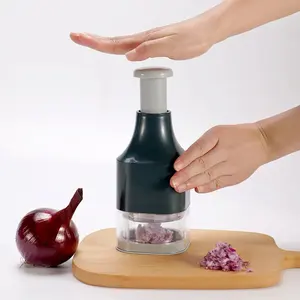


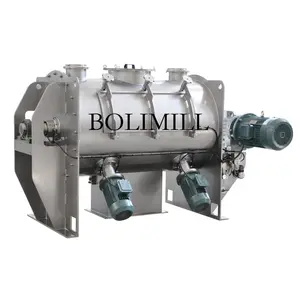



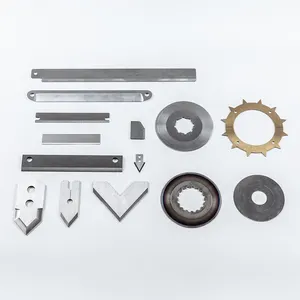




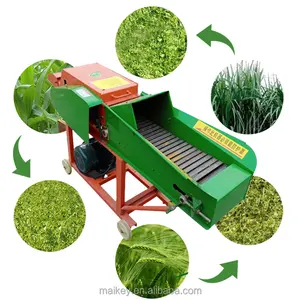


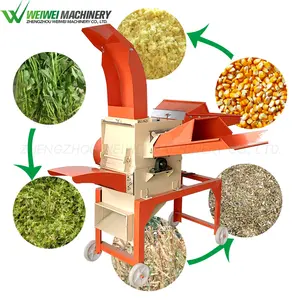
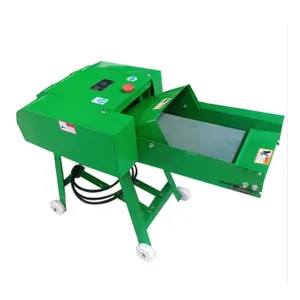



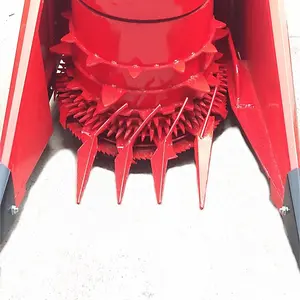
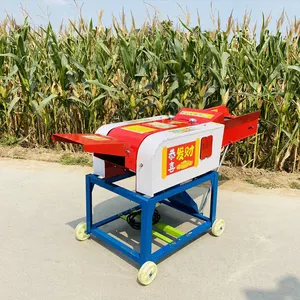


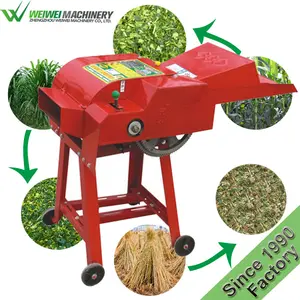






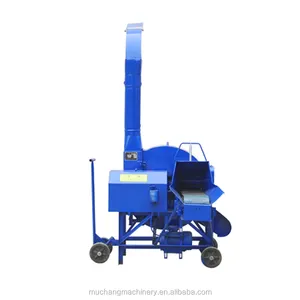








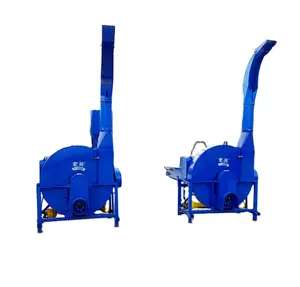
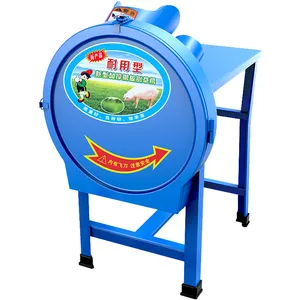





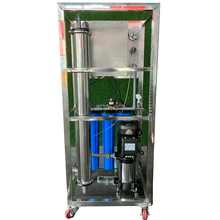

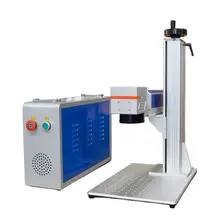


























 浙公网安备 33010002000092号
浙公网安备 33010002000092号 浙B2-20120091-4
浙B2-20120091-4